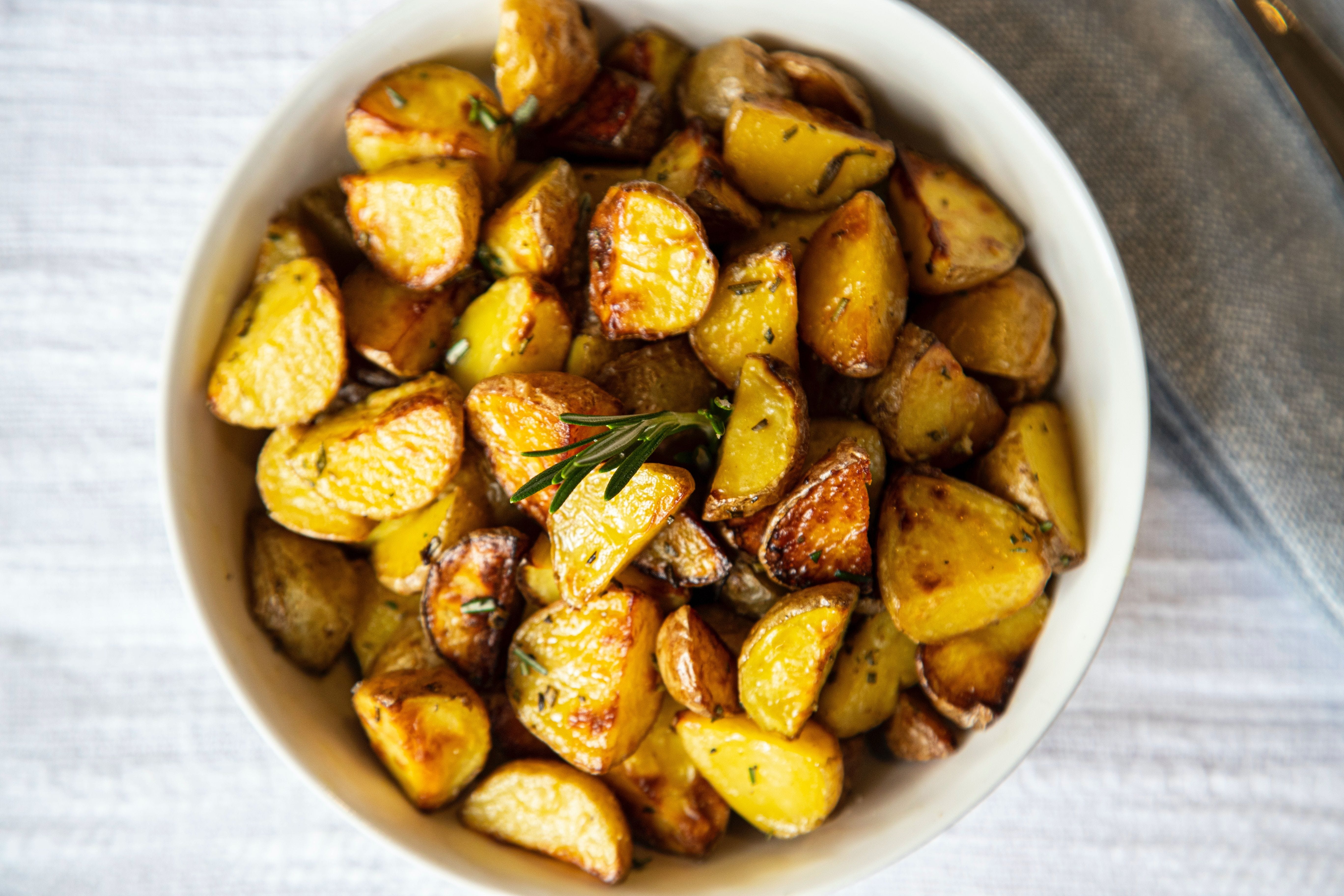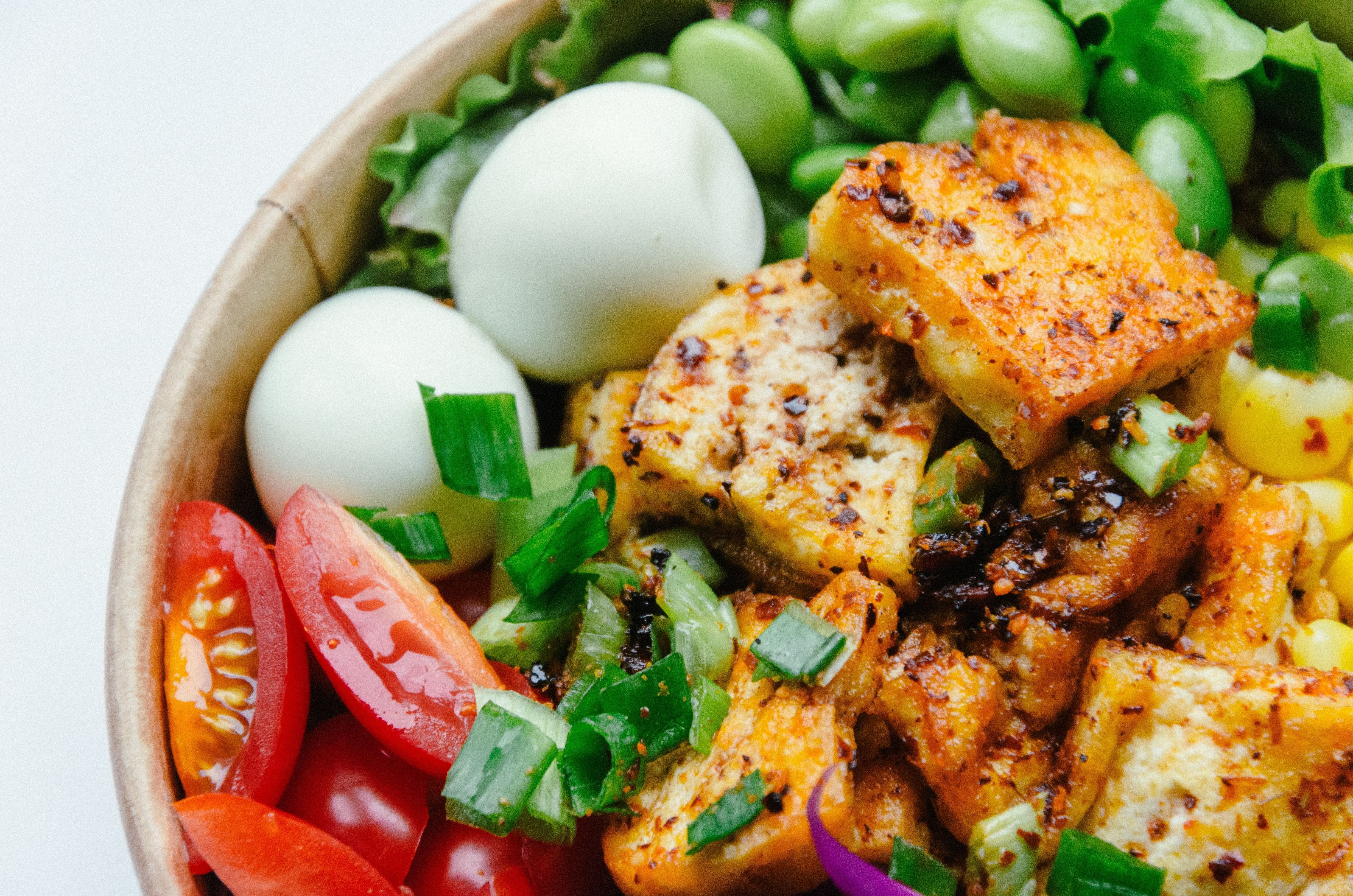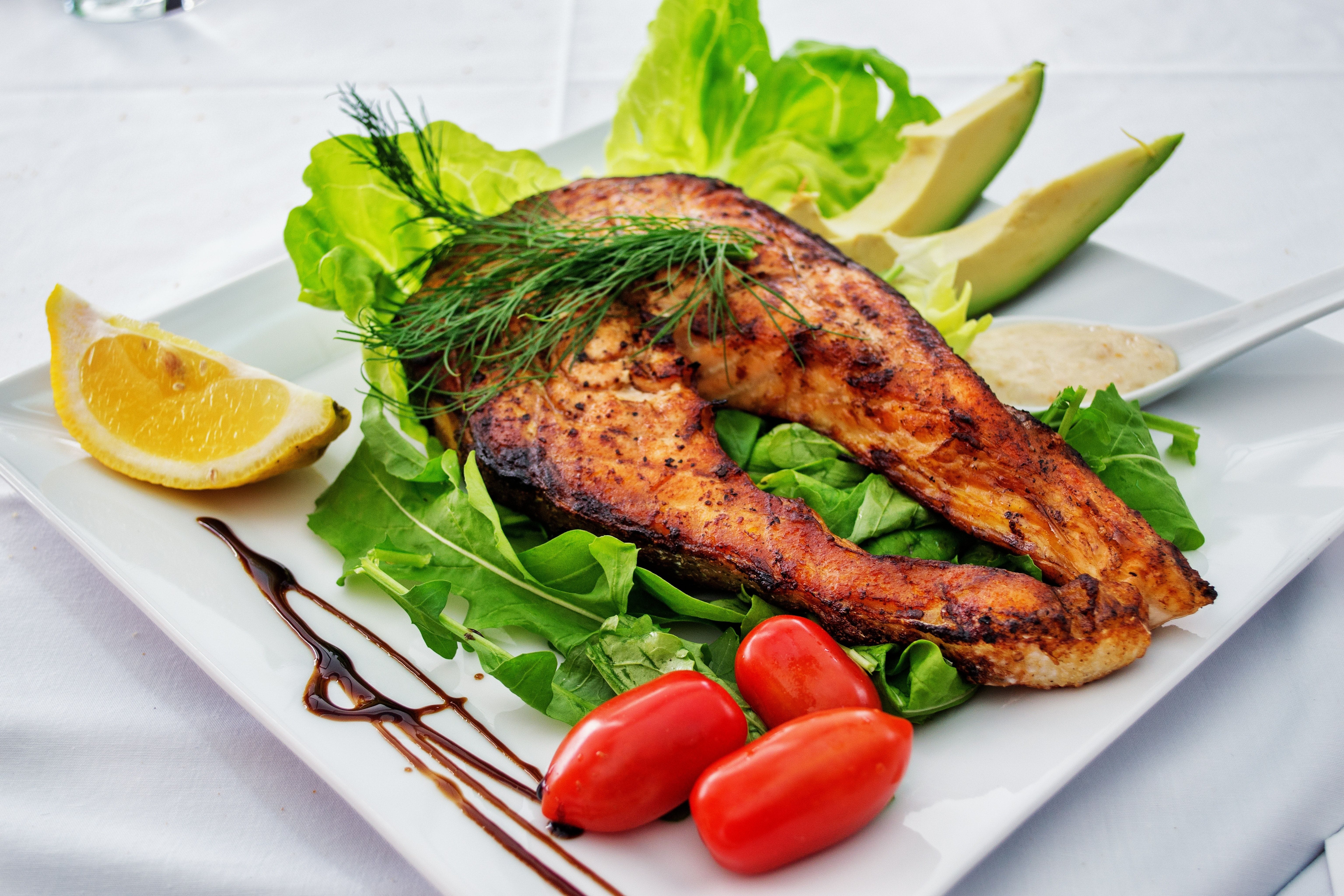)
From Plate to Powerhouse: Elevate Your Nutrition Game with these Delicious Tips and Tricks
Did you know that only 6.1% of adults in Australia ate the recommended amount of both fruits and vegetables per day?! This figure falls even further when we look at men specifically, with only 2.9% of men consuming adequate amounts of fruits and vegetables. This is an astonishingly low figure, and puts men at greater risk of developing chronic diseases and cancer due to lack of the important nutrients found in plant foods. In 2022, 88,982 men were diagnosed with cancer in Australia, and 28,022 of those men died from it. Interestingly, research suggests that up to 50% of cancers are associated with dietary habits, meaning they would be preventable if only we improved our nutrition. Particularly colorectal cancer, the second most lethal cancer in Australian men, has immense links with nutrient intake (or lack thereof), microbiome health, and weight and obesity.
These statistics are showing us that there is a large untapped area of intervention that is not being addressed enough - and that’s nutrition. Poor nutrition and nutrient deficiencies can lead to sluggish energy, reduced immune function, insulin resistance, high cholesterol levels, and of course obesity. This often correlates with a diet low in fresh food, that’s scarce in nutrients, antioxidants and fibre.
In this blog post we’ll go through some dietary swaps you can start applying to your daily routine to increase your nutrient intake. It's time to transform your plate into a powerhouse of nutrition with these delicious and easy tips and tricks.
1. Swap out processed snacks for whole food alternatives
We often see people snacking on a bag of chips or other salty snacks during a car drive or footy game. An easy alternative here is to make your own home-made potato chips, with crispy oven-roasted potatoes, using extra virgin olive oil, sea salt and other spices - so more-ish! Doing a mix of potato and sweet potato can also help to increase your fibre intake while also adding some colour into your snack. Another option here is using roasted mixed nuts or baked chickpeas. These options are packed with nutrients that will keep you energised throughout the day and will tick off some your vegetable intake for the day.

2. Embrace plant-based protein sources
It's time to ditch the notion that you need meat for protein. There are plenty of nutritious plant-based protein sources like beans, seeds, nut butters, grains, lentils, tofu, and tempeh that can give you the protein boost you need. And having a combination of these foods will not only give you a protein boost but will significantly increase your intake of fibre and antioxidants. Let’s look at something like a buddha bowl. When you combine grains like quinoa with legumes, lots of fresh vegetables and a topping of nuts or seeds for some extra crunch, you can yield up to 35g-40g protein in one meal! Not only are you getting that protein hit from the combination of your food, but you’re also receiving a large intake of fibre and antioxidants from the colourful veggies you’re using in the dish. So don’t be afraid of the plant-based proteins, they provide high amounts of protein, fibre, minerals and antioxidants, without the saturated fat.

3. Go for colour.
Beige meals often mean they are low in nutrient levels, because most antioxidants are found in the colour pigment of plants. The rule is: the more brightly coloured the food, the more nutrient content is found within it. Picture a parma with a side of chips: that's beige on beige, with a little red perhaps in the tomato sauce used. Now picture a piece of grilled salmon with a side of roasted sweet potato and pumpkin, steamed green beans, and a brightly coloured coleslaw on the side. You get the gist: add colour where you can, and do order the extra side of veg when you are out for a pub meal.
4. Choose healthy fats.
There’s been lots of controversy around the types of fats we should have, or whether we should be avoiding them completely, but that’s not necessarily true. Healthy fats like avocados, fish, nuts, and olive oil are high in omega-3 fatty acids which are beneficial for our heart, brain and regulating the body’s inflammation. The use of vegetable and seed oils has been marketed as ‘healthy’ due to the link that polyunsaturated fats from vegetable oils reduce the risk of cardiovascular disease compared with saturated fat. Although this is true, commercially extracted vegetable oils often go through rigorous processing and chemical alteration that change the molecular composition of the fat. Furthermore, these seed oils are high in omega-6 fats, which have been associated with a pro-inflammatory response. Omega-3 fats on the other hand, found in fish, have been shown to have an anti-inflammatory response. Seed and vegetable oils are often difficult to avoid because they’re used in abundance in our packaged products like breads, salad dressings, chips, chocolates, sauces, margarines and biscuits. However, making a consistent effort to change the oils and fats you consume daily can have a profound effect on shifting the omega-3:omega-6 ratio. This swap is a lot about balance: use good quality fats like olive oil in your kitchen, avoid processed and packaged foods (as mentioned in point 1), and have your not-so healthy fats in moderation. Most important is consistently making small changes in the right direction.

5. Experiment with herbs and spices.
Instead of relying on table salt for flavour, try experimenting with different herbs and spices. Not only do they add flavour, but many also have anti-inflammatory and antioxidant properties. If we go back to our potato-crisp idea, adding something like dried rosemary and thyme significantly changes the flavour of the snack, but these herbs also have their own antioxidant and antimicrobial properties. Another spice that often goes undervalued is cinnamon. Cinnamon has so many different effects in the body from improving blood sugar control to holding antioxidant capacity. The addition of cinnamon into roasted vegetables, stews, warm beverages, and smoothies can have a profound effect on long-term health maintenance. Interestingly, in the Journal of Diabetes Research and Clinical Practice found that the use of cinnamon significantly reduces fasting blood glucose and insulin resistance in patients with type 2 diabetes. This is something that’s incredibly easy to include in the diet that has a large impact on your wellbeing.
Conclusion
By implementing some of these swaps, you can transform your plate into a powerhouse of nutrition that will leave you feeling energised and ready to take on the day. There is absolutely no expectation that one should apply all of these things at once, but instead try 1 change for a few weeks and take notice of how that feels for you. It should also be noted that we are not advocating that you live a life a deprivation - you can still have the foods you enjoy, but we want to make sure you ADD more of the fresh, colourful foods to each meal. It’s all about balance. Should you need any support with this, reach out to our Integrative Naturopath and Men's Health expert Remi, or our Nutritionist Vivian. Both are a wealth of knowledge for all things nutrition and can support you with practical tips and tricks when it comes to making dietary swaps.
References
< https://www.abs.gov.au/statistics/health/health-conditions-and-risks/dietary-behaviour/latest-release#:~:text=In%202020%2D21%2C%20of%20people,the%20fruit%20and%20vegetable%20recommendation.>
< https://www.canceraustralia.gov.au/impacted-cancer/what-cancer/cancer-australia-statistics#:~:text=In%202022%2C%20it%20is%20estimated,88%2C982%20males%20and%2073%2C181%20females).>
Kerschbaum E, Nüssler V. Cancer Prevention with Nutrition and Lifestyle. Visc Med. 2019 Aug;35(4):204-209.
Patterson, E., Wall, R., Fitzgerald, G. F., Ross, R. P., & Stanton, C. (2012). Health implications of high dietary omega-6 polyunsaturated fatty acids. Journal of nutrition and metabolism, 2012.
Deyno, S., Eneyew, K., Seyfe, S., Tuyiringire, N., Peter, E. L., Muluye, R. A., ... & Ogwang, P. E. (2019). Efficacy and safety of cinnamon in type 2 diabetes mellitus and pre-diabetes patients: A meta-analysis and meta-regression. diabetes research and clinical practice, 156, 107815.
Images sourced from www.pexels.com and www.unsplash.com


)
)










Tags: